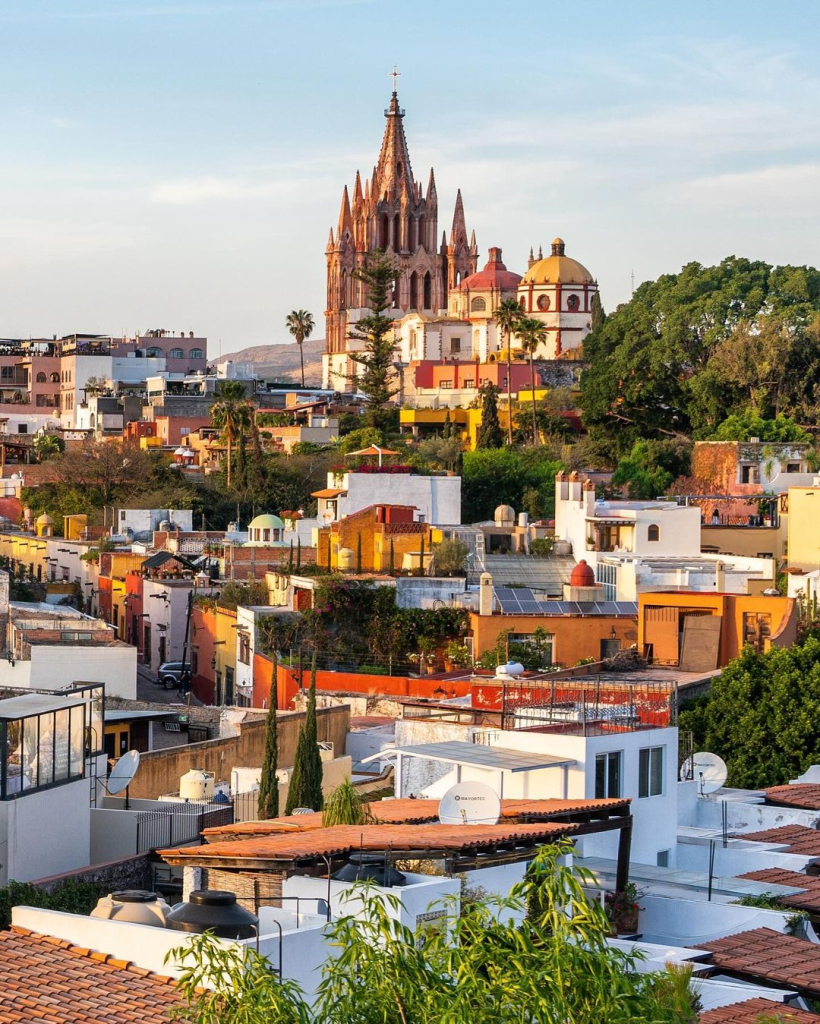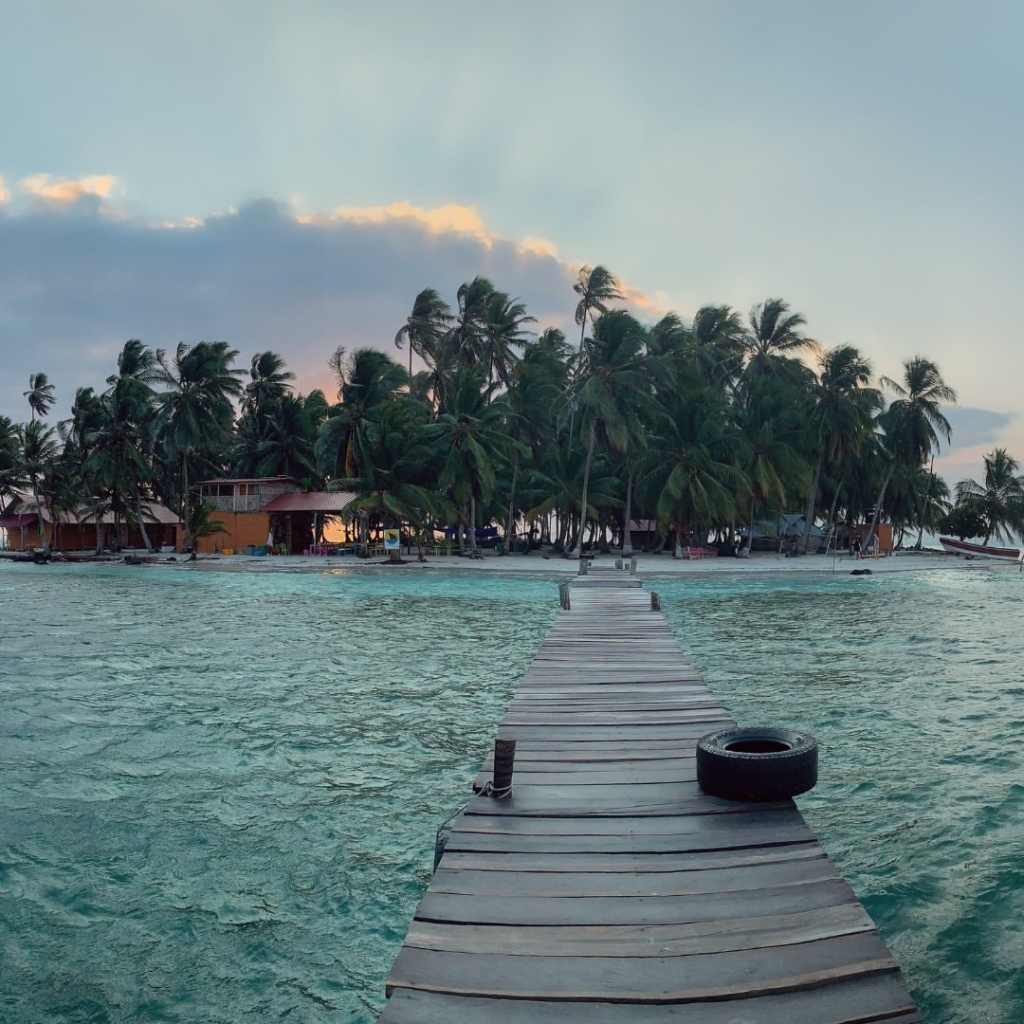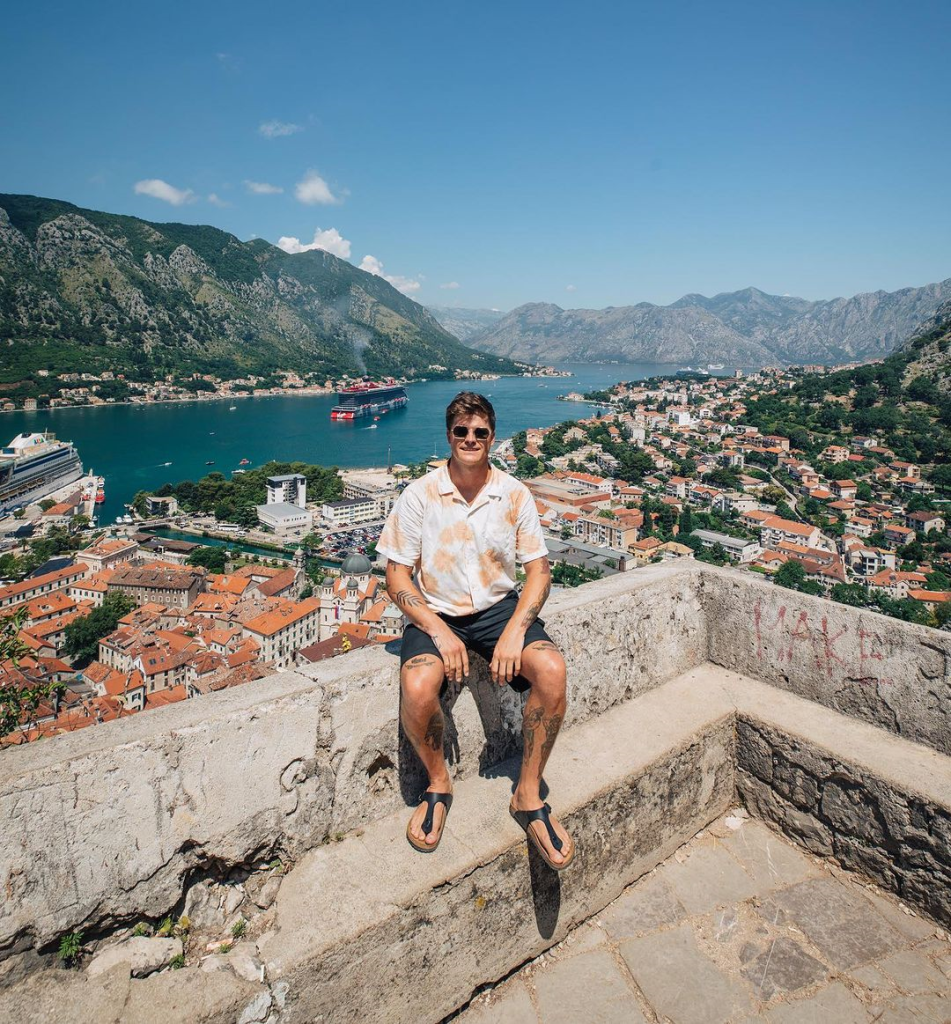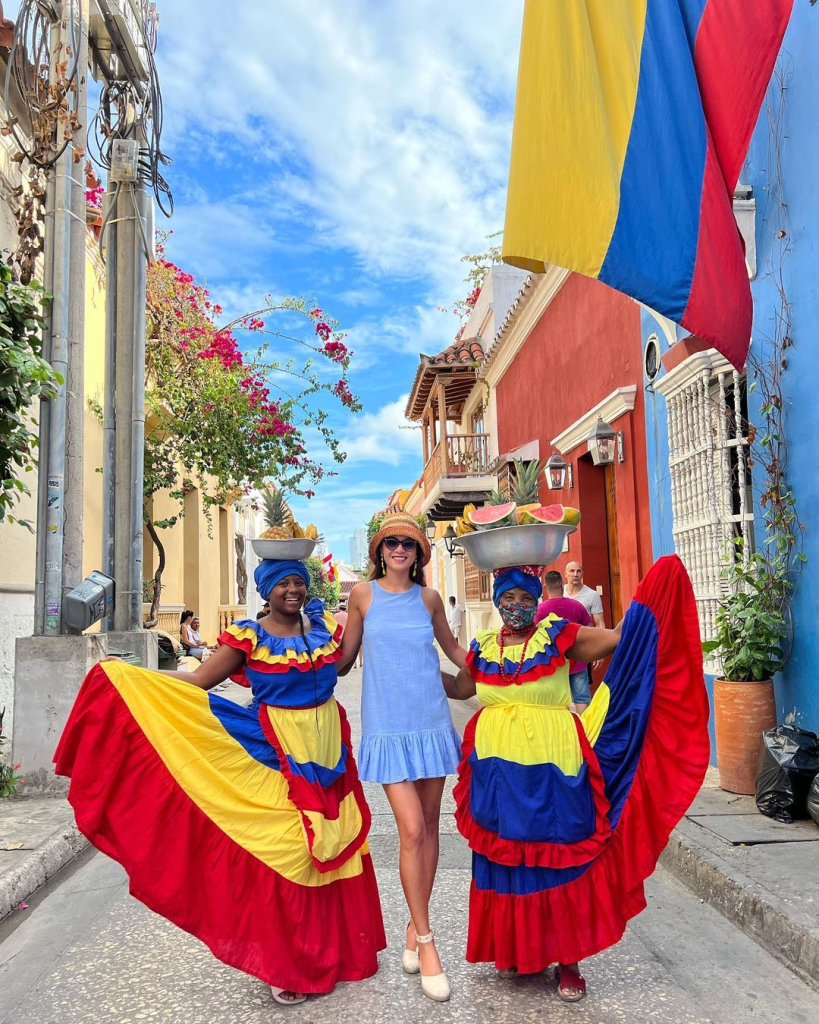10 Cheapest Countries to Retire Around the World
For many Americans, the dream of a comfortable retirement often feels out of reach due to the high cost of living and expensive healthcare in the United States.
However, an increasing number of retirees are discovering that they can stretch their retirement savings and enjoy a higher quality of life by moving abroad to countries where the cost of living is significantly lower.
From the stunning beaches of Thailand and Vietnam to the vibrant cultures of Mexico and Portugal, there are a variety of destinations around the world that offer not only affordable living but also excellent healthcare, welcoming communities, and exciting new experiences.
In this article, we’ll explore ten of the cheapest countries to retire, diving into the details of what makes each location a compelling choice for retirees looking to make the most of their golden years without breaking the bank.
Table of Contents
Japan
Japan offers an excellent opportunity for retirees looking for affordable housing in a developed country with a high quality of life. It’s a deflation nation, where the underlying values of houses, stocks, and consumer goods keep eroding year after year.
The widespread destruction of wealth from the collapse of land prices and equities in the early 1990s is well known.
Young people are now taking advantage by buying cheap “akiya” (abandoned houses) – a couple from Seattle recently bought one for just $30,000 and are living their dream life in Japan. The current exchange rate of around 150 yen to the US dollar is also highly favorable for Americans.
Japan provides a high quality of life, with excellent healthcare, public safety, cleanliness, and convenience. The national health insurance system is comprehensive and affordable, covering 70% of medical costs. Crime rates are very low.
While Tokyo and Kyoto are expensive, there are many cheaper places to live like Fukuoka, Okinawa and Sapporo that still provide a great standard of living. With its combination of affordable real estate, high quality of life, and favorable exchange rate, Japan is an attractive option for retirees.
Mexico
Located just south of the U.S. border, Mexico offers warm weather, miles of coastline, beautiful cities, and a significantly lower cost of living.
In the popular expat city of San Miguel de Allende, the cost of living is 57% lower than in New York, with rents 76% lower on average.
To qualify for a temporary resident visa, retirees need a monthly income of around $2,100 or savings of about $36,000.
Permanent residency requires $2,700 in monthly income or $149,000 in savings. Mexico has a mix of public and private healthcare options, with high-quality private care available at low costs compared to the U.S.
Ecuador
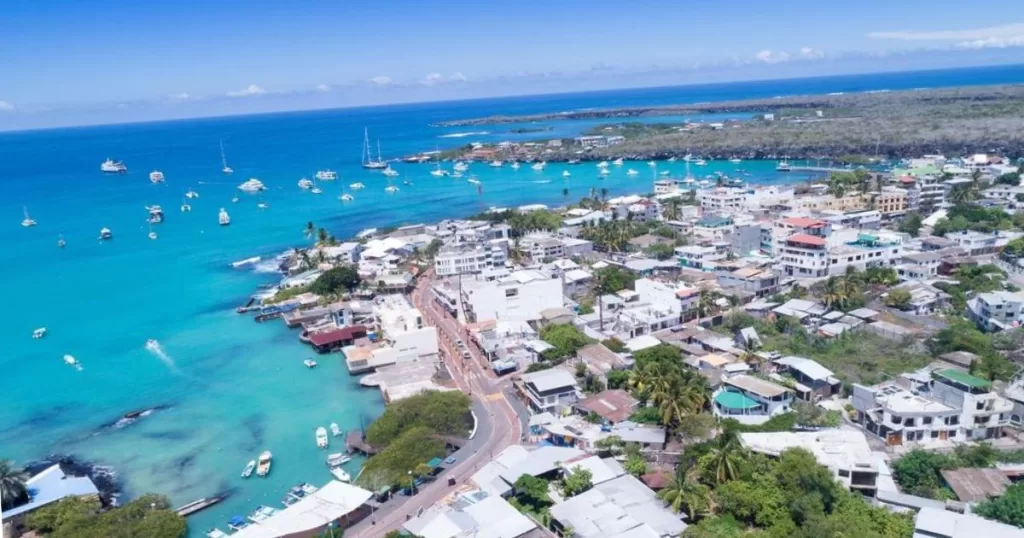
Ecuador, the gateway to the Galápagos Islands, attracts many U.S. retirees with its natural beauty, Pacific coastline, and affordable costs.
In the popular expat city of Cuenca, a UNESCO World Heritage Site, the cost of living is 62% lower than New York, with rents around 88% cheaper. Ecuador uses the U.S. dollar as its currency.
High-quality healthcare is available through the government system for around $100 per month or via affordable private insurance.
To obtain a temporary resident visa, retirees must have a minimum monthly income (amount varies) or make a real estate purchase or bank deposit.
Costa Rica
Situated between the Pacific and Caribbean, Costa Rica offers beaches, rainforests, and modern cities. The cost of living is 38% lower than the U.S. on average, with housing 72% cheaper.
In the capital San Jose, the cost of living is 55% lower than New York, with rents 82% lower. The pensionado visa requires at least $1,000 in monthly income.
Alternatively, the rentista program requires a $60,000 deposit or $2,500 in monthly income for two years. Costa Rica has excellent public and private healthcare options, with the national medical program available to residents for no copays or deductibles.
Portugal

Portugal has become increasingly popular with retirees worldwide who appreciate its coastal cities, scenery, food, wine, and pleasant climate. The cost of living is around 37% lower than the U.S., with housing 54% more affordable on average.
In Lisbon, costs are about 53% lower than New York, and rent is 70% cheaper. Retirees can apply for a residence permit, valid for 5 years, and then a permanent permit.
The “Golden Visa” program offers residency for those making a significant real estate purchase or investment. Legal residents can access the public healthcare system and many retirees also have private insurance.
Is Portugal’s Golden Visa Program Discontinued?
The Portugal Golden Visa program has undergone significant changes but it has not been discontinued. As of October 2023, the real estate investment and capital transfer options were completely eliminated as eligible investment pathways.
Despite these changes, the program is still processing Golden Visa applications from around the world and granting residency by investment to individuals and their accompanying family members.
There are still ways for Americans to retire in Portugal. Here’s a quick rundown:
- D7 visa: Americans wishing to retire in Portugal will need to apply for a residence visa. The process involves applying for a D7 visa (often referred to as a retirement or passive income visa), followed by a residence permit.
- Golden Visa with alternative investments: The program offers other options besides real estate, such as venture capital funds or creating jobs in Portugal.
- Non-Golden Visa Retirement: You can retire in Portugal without the Golden Visa program. You would need to meet residency requirements and have sufficient income to support yourself.
Thailand
Thailand, known as the “Land of Smiles”, is an incredibly popular retirement destination thanks to its tropical climate, stunning beaches, fascinating culture, delicious cuisine and low cost of living.
In Chiang Mai, a favorite among expats, the cost of living is around 60% lower than in the U.S., with rents 80-90% cheaper than New York City prices.
The Thai government offers a renewable 1-year Non-Immigrant Long Stay Visa for retirees over 50 who meet certain financial criteria, such as having a monthly income of at least 65,000 baht (about $2,000) or a bank deposit of at least 800,000 baht (around $25,000).
Healthcare in Thailand is very high quality and affordable, with modern private hospitals in Bangkok like Bumrungrad International Hospital attracting medical tourists from around the world.
Many retirees get private health insurance, although the Thai public system is also accessible for expatriates. With its combination of natural beauty, warm hospitality, low costs and amenities geared towards retirees, it’s no surprise Thailand holds such appeal for those looking to retire abroad comfortably.
Panama
Named the best place to retire in International Living’s 2022 index, Panama provides an attractive pensionado visa program for retirees with at least $1000 in monthly pension income.
Benefits include discounts on many services and tax exemption on household goods imports. On average, housing costs are 58% lower than the U.S. In Panama City, the cost of living is 49% lower than New York, with rents 74% cheaper.
Panama has a two-tier public/private healthcare system. Most retirees use affordable private clinics and hospitals, paying out of pocket or via insurance. With its convenient location and weather, Panama is increasingly popular for retirement.
Vietnam
Vietnam offers an affordable and adventurous retirement option, with a cost of living around 49% lower than the U.S. on average, and rents 75% cheaper.
In Ho Chi Minh City, home to the largest expat community, the cost of living is 62% lower than New York, with housing 83% less. Since foreigners can’t purchase property, most retirees rent inexpensively.
Vietnam doesn’t offer a retirement visa, but long-term stays are possible on business or investment visas. Both public and private healthcare is available and high-quality, with most expats using private hospitals and carrying international insurance.
Vietnam’s beaches, food, history and culture hold strong appeal for adventurous retirees.
Montenegro
A hidden gem with an Adriatic coastline and beautiful resorts, Montenegro is gaining attention as a retirement destination for its welcoming atmosphere, scenery, and affordability.
The cost of living is 48% lower than the U.S., with rents 75% less on average. In the capital Podgorica, the cost of living is 64% lower than New York, and housing is 90% cheaper. Various visas are available, with pathways to permanent residency.
Retirees can purchase property and the government offers investment incentives. Both public and private healthcare are available, with expats generally choosing private insurance. As a NATO member working towards EU membership, Montenegro offers European living at bargain prices.
Colombia
Situated along South America’s northwest coast, Colombia provides beaches, rainforest, mountains, and metropolitan cities.
The cost of living in Bogota is around 62% lower than the U.S., with rents 82% less on average. To obtain a pensionado visa, retirees must prove monthly income of at least three times the Colombian minimum wage (about $750 currently).
After five years, they can apply for a resident visa. Colombia’s modern healthcare system includes high-quality public and private options. Expats can access the public system by paying premiums or purchase private insurance. With its affordable costs and variety of appealing lifestyles, Colombia is an intriguing retirement option.

